SFN 2017
Recent articles
Billions of neuronal junctions make up new ‘synaptome’ map
Researchers have charted billions of synapses in the mouse brain and sorted them by type.
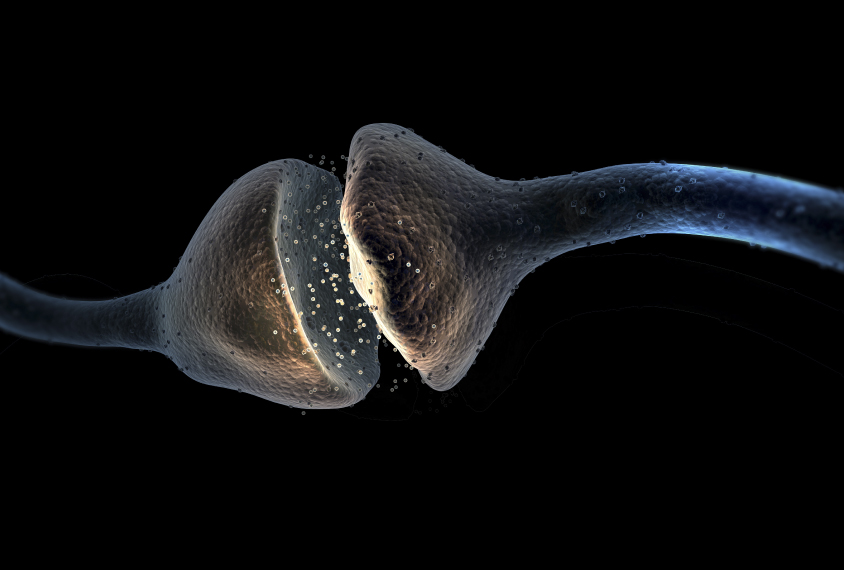
Billions of neuronal junctions make up new ‘synaptome’ map
Researchers have charted billions of synapses in the mouse brain and sorted them by type.
Chromosome 16 deletion miswires brain in people, mice
Mice and people missing a copy of a chromosomal region called 16p11.2 show similar patterns of weak brain connections.
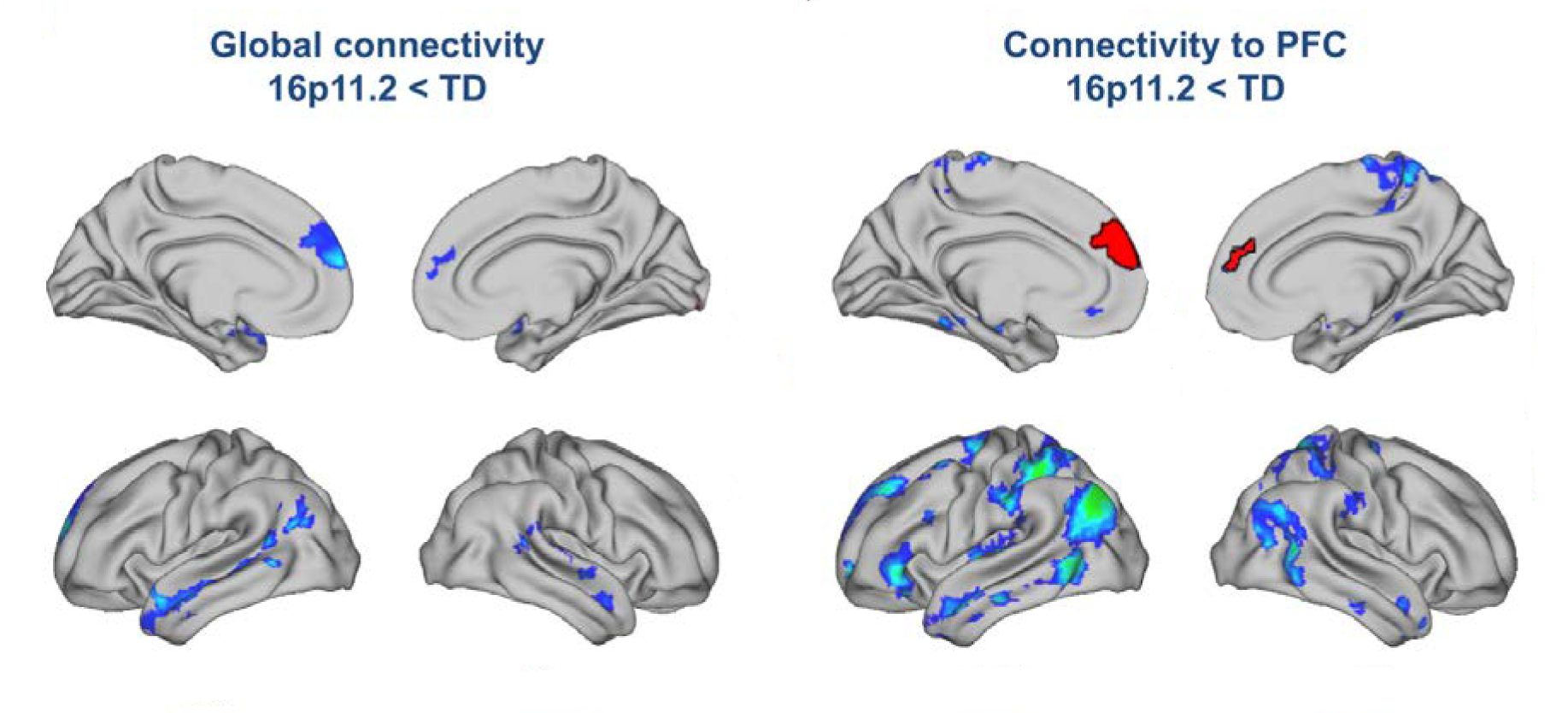
Chromosome 16 deletion miswires brain in people, mice
Mice and people missing a copy of a chromosomal region called 16p11.2 show similar patterns of weak brain connections.
Human ‘mini-brains’ make themselves at home in mice
Spheres of brain cells derived from people and implanted into mouse brains recruit blood vessels and integrate with mouse neurons.

Human ‘mini-brains’ make themselves at home in mice
Spheres of brain cells derived from people and implanted into mouse brains recruit blood vessels and integrate with mouse neurons.
Takeaways from SfN 2017
After five days and more than 13,000 abstracts, the Society for Neuroscience annual meeting in Washington, D.C., has drawn to a close.

Takeaways from SfN 2017
After five days and more than 13,000 abstracts, the Society for Neuroscience annual meeting in Washington, D.C., has drawn to a close.
Social hormones alter monkey behavior in sex-specific ways
The hormones oxytocin and vasopressin promote social interactions in male monkeys but make female monkeys more aggressive than usual.
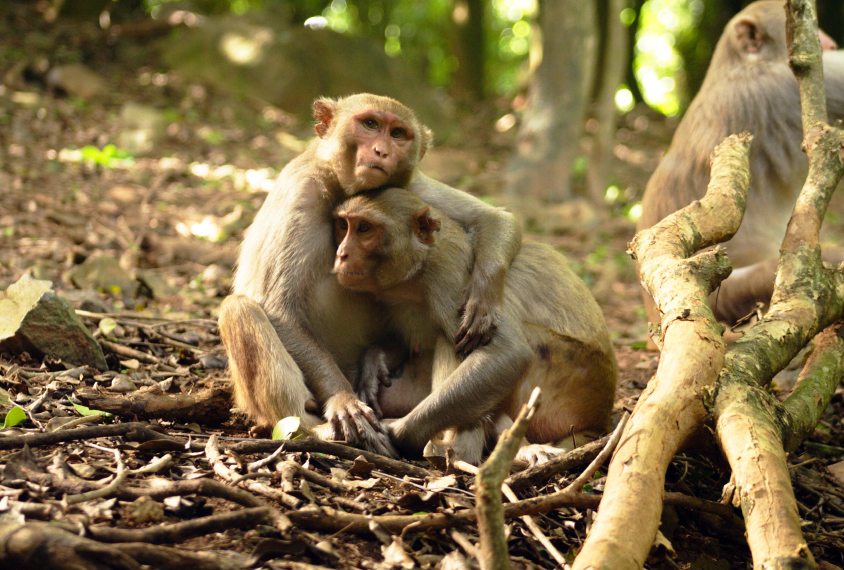
Social hormones alter monkey behavior in sex-specific ways
The hormones oxytocin and vasopressin promote social interactions in male monkeys but make female monkeys more aggressive than usual.
Drug cocktail curbs repetitive jumping in mice
A trio of drugs eases repetitive behaviors in mice by activating a brain region involved in motor control.
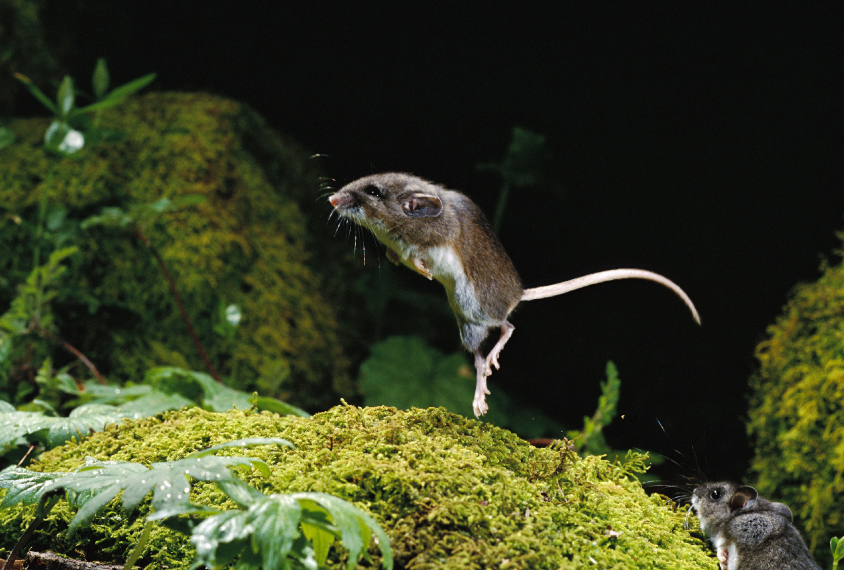
Drug cocktail curbs repetitive jumping in mice
A trio of drugs eases repetitive behaviors in mice by activating a brain region involved in motor control.
In autism, food quirks show up in social brain areas
Young adults with autism who have intense sensitivity to taste show increased activation in social areas of the brain when they taste something sweet.

In autism, food quirks show up in social brain areas
Young adults with autism who have intense sensitivity to taste show increased activation in social areas of the brain when they taste something sweet.
Compound lets scientists see deep inside brains of living mice
A chemical that doctors use to create contrast on X-rays also yields clear images of neurons in the brains of living mice.
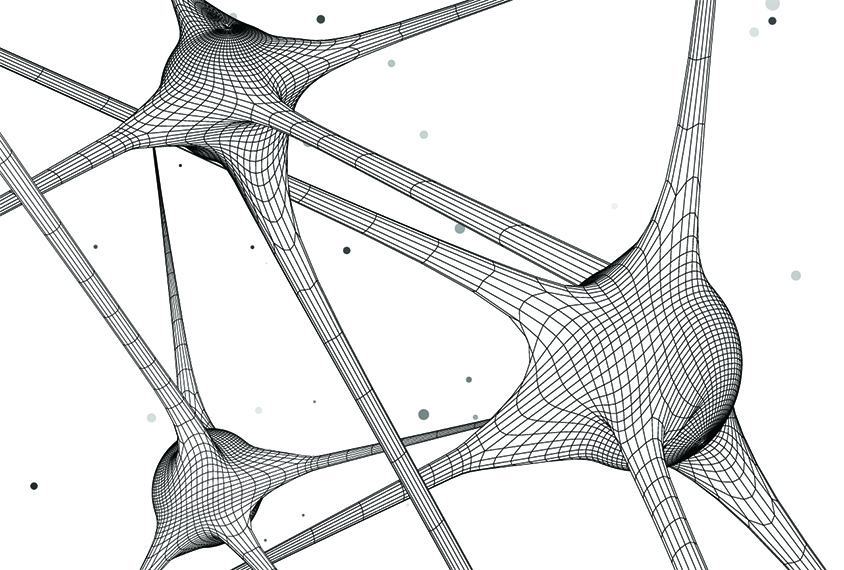
Compound lets scientists see deep inside brains of living mice
A chemical that doctors use to create contrast on X-rays also yields clear images of neurons in the brains of living mice.
Lab tests may pick up sensory sensitivity in autism
A person's ability to distinguish similar syllables by sight and sound correlates with how sensitive she is to sensory stimuli.
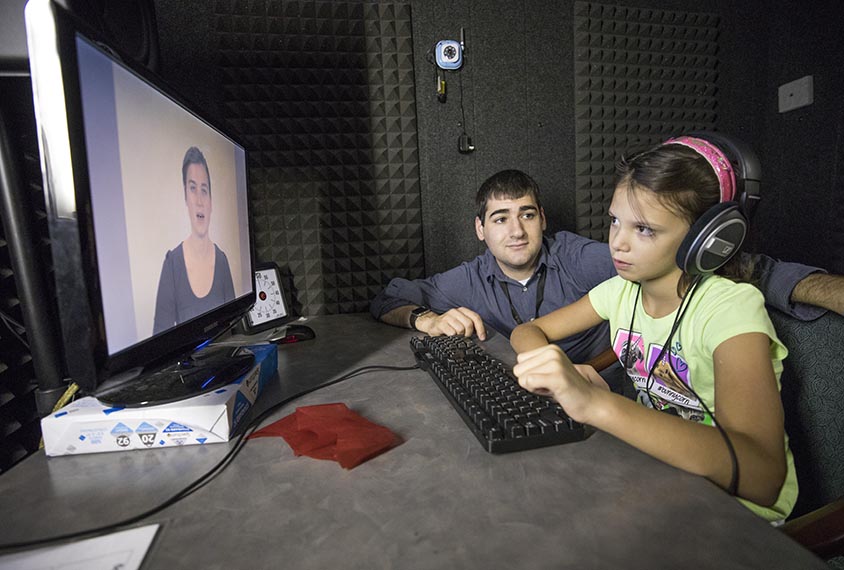
Lab tests may pick up sensory sensitivity in autism
A person's ability to distinguish similar syllables by sight and sound correlates with how sensitive she is to sensory stimuli.
Mouse imaging study hints at how fragile X drug trial went wrong
The drug mavoglurant has no effect on a brain circuit involved in social behavior in a mouse model of fragile X syndrome. That may explain its poor performance in people with the condition.
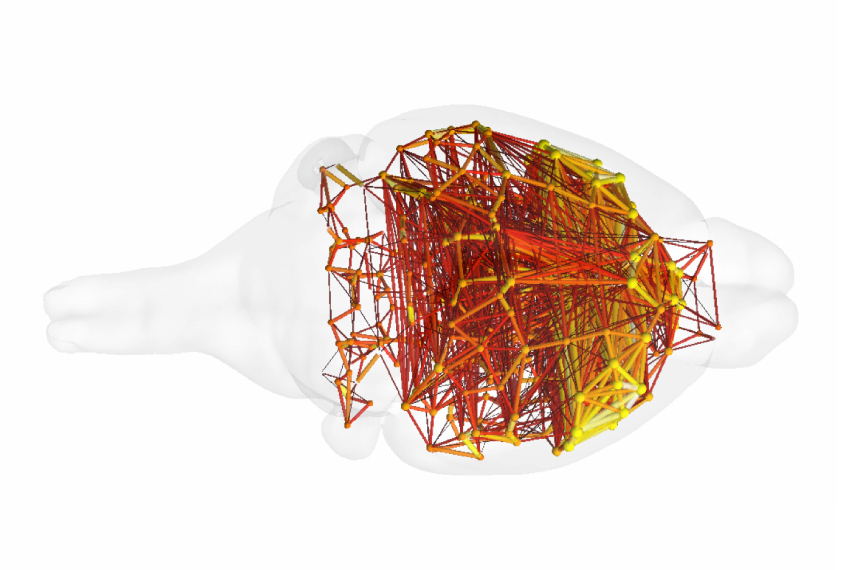
Mouse imaging study hints at how fragile X drug trial went wrong
The drug mavoglurant has no effect on a brain circuit involved in social behavior in a mouse model of fragile X syndrome. That may explain its poor performance in people with the condition.
Explore more from The Transmitter
What is the future of organoid and assembloid regulation?
Four experts weigh in on how to establish ethical guardrails for research on the 3D neuron clusters as these models become ever more complex.

What is the future of organoid and assembloid regulation?
Four experts weigh in on how to establish ethical guardrails for research on the 3D neuron clusters as these models become ever more complex.
Insights on suicidality and autism; and more
Here is a roundup of autism-related news and research spotted around the web for the week of 8 December.

Insights on suicidality and autism; and more
Here is a roundup of autism-related news and research spotted around the web for the week of 8 December.
Exclusive: Springer Nature retracts, removes nearly 40 publications that trained neural networks on ‘bonkers’ dataset
The dataset contains images of children’s faces downloaded from websites about autism, which sparked concerns at Springer Nature about consent and reliability.

Exclusive: Springer Nature retracts, removes nearly 40 publications that trained neural networks on ‘bonkers’ dataset
The dataset contains images of children’s faces downloaded from websites about autism, which sparked concerns at Springer Nature about consent and reliability.